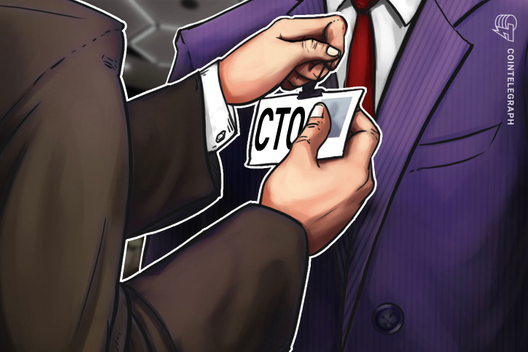India’s Former Finance Secretary Spars With Industry Experts on Crypto Ban
During a webinar on July 17, the former Finance Secretary of India, Subhash Chandra Garg, discussed cryptocurrencies with Indian industry leaders including Nischal Shetty, the CEO of Indian crypto exchange WazirX, and Siddharth Sogani, the founder of blockchain research company Crebaco.
In 2019, Garg along with his secretariat drafted a bill that proposed a ban on cryptocurrencies along with a 10-year jail term and a fine of up to 25 crore rupees (~$3.3 million) for anyone who issued, used or held these assets.
Opening a dialogue with the industry
Today was the first time Garg discussed the issue with members of the crypto industry, allowing the former Secretary to clarify a longstanding perception that the proposed bill was to completely eradicate crypto assets from the Indian financial ecosystem.
Garg said that he approves of the use of crypto-assets as regulated commodities but added that they must not be allowed to function as currencies in India.
In Garg’s opinion, there is no issue with anyone presenting a “computer code” as a digital asset and with people wanting to invest in it. But in that way, he said, crypto is more of a tradable commodity and not a currency, and it should be regulated from the same viewpoint.
He also insisted that private crypto assets as currencies have no justification to exist and must be outlawed.
Time to digitize currencies but without crypto
Sharing his thoughts on the digitization of money, Garg said that the way we perceive and use money has changed largely over time. Today, the digitization of money and the creation of a central bank digital currency is part of an overall need to deliver better financial services, he noted.
There are several ways the Indian government could digitize the rupee, he stated, and crypto assets based on distributed ledger technology were only one of those ways. However, he strongly disapproved of digitizing money using crypto assets and rather preferred the use of dematerialized notes, saying:
“The way cryptocurrency works is on the distributed ledger technology. It’s a high investment technology. It can never be a common man’s currency.”
Crypto proponents answer
While Garg found no logical reason for the existence and use of crypto assets, he showed a strong attraction to distributed ledger technology, stating that it has many promising use cases in the financial landscape.
To that end, WazirX’s Nischal Shetty said crypto assets are important for pushing forward blockchain innovation. Sharing the example of deploying a code on the Ethereum blockchain, he explained to Garg that doing so requires a developer to make a payment in Ether (ETH), which is a cryptocurrency.
These payments cannot be made in the Indian rupee, he stated. Thus, cryptocurrencies should not be seen as a replacement for the rupee but as a form of alternative payment in places one cannot use traditional money.
He also mentioned the importance of cryptocurrencies in micropayments, loans and other financial verticals.
Reflecting on the newness of the technology, Crebaco’s Siddharth Sogani said that blockchain and cryptocurrencies are a new technology and that every bit of knowledge “is derived by practical experience, not by a set of books.”
Sogani concluded that the government should not ban cryptos out of fear, but rather should strive to understand the technology and help it grow.









